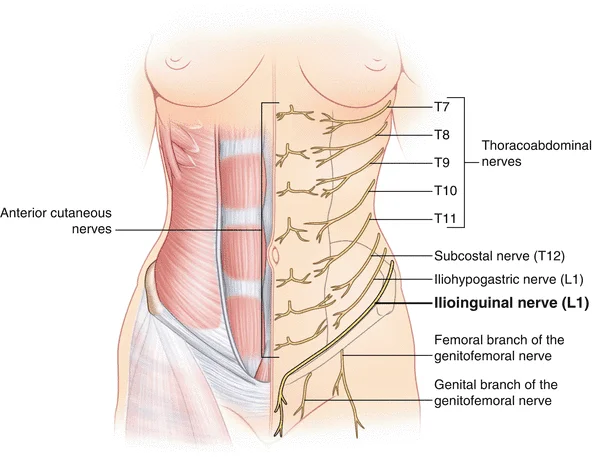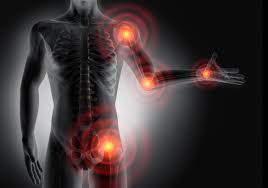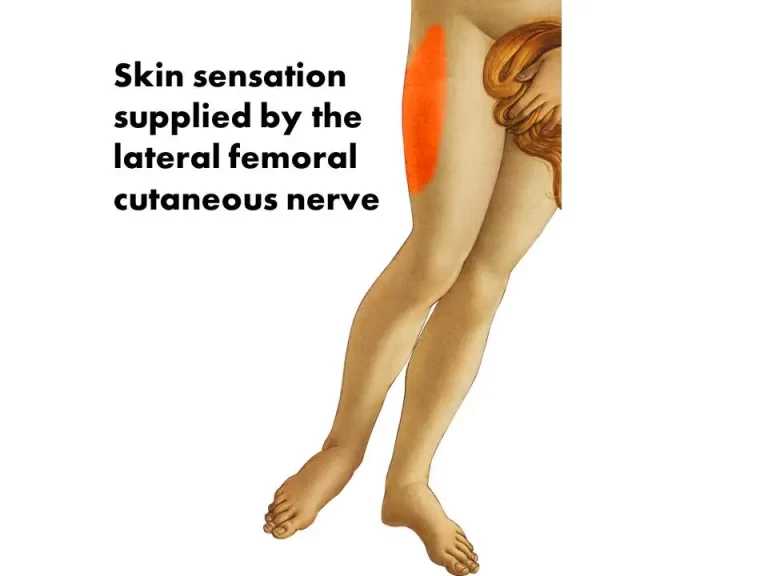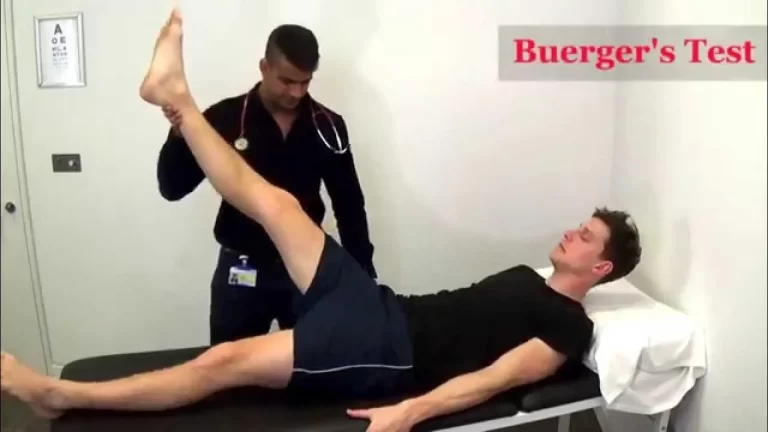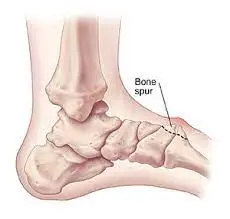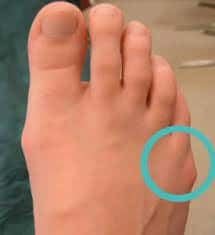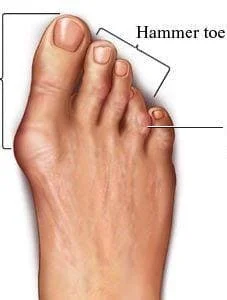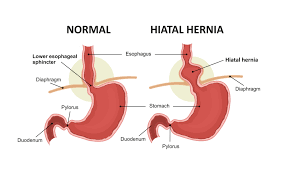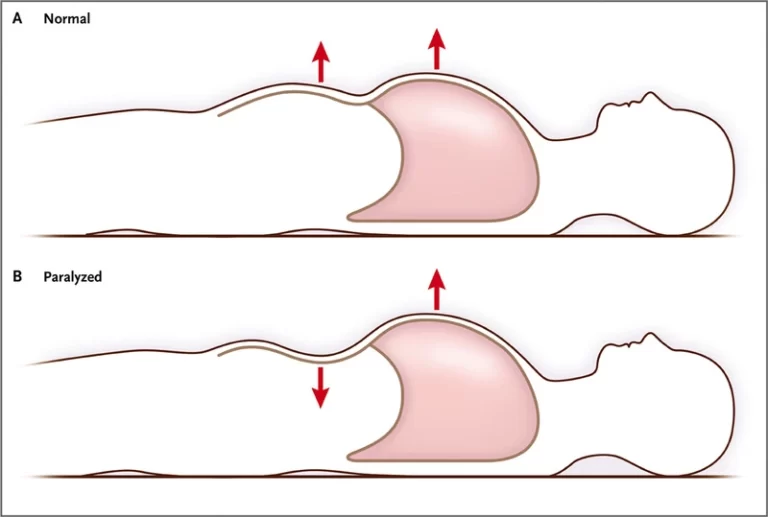FG Syndrome
What is a FG Syndrome? FG syndrome, also known as Opitz-Kaveggia syndrome, is a rare genetic disorder characterized by a wide range of physical, cognitive, and developmental abnormalities. The term “FG” stands for “FG syndrome,” and it refers to a group of related conditions that share similar clinical features. The syndrome primarily affects males, with…


